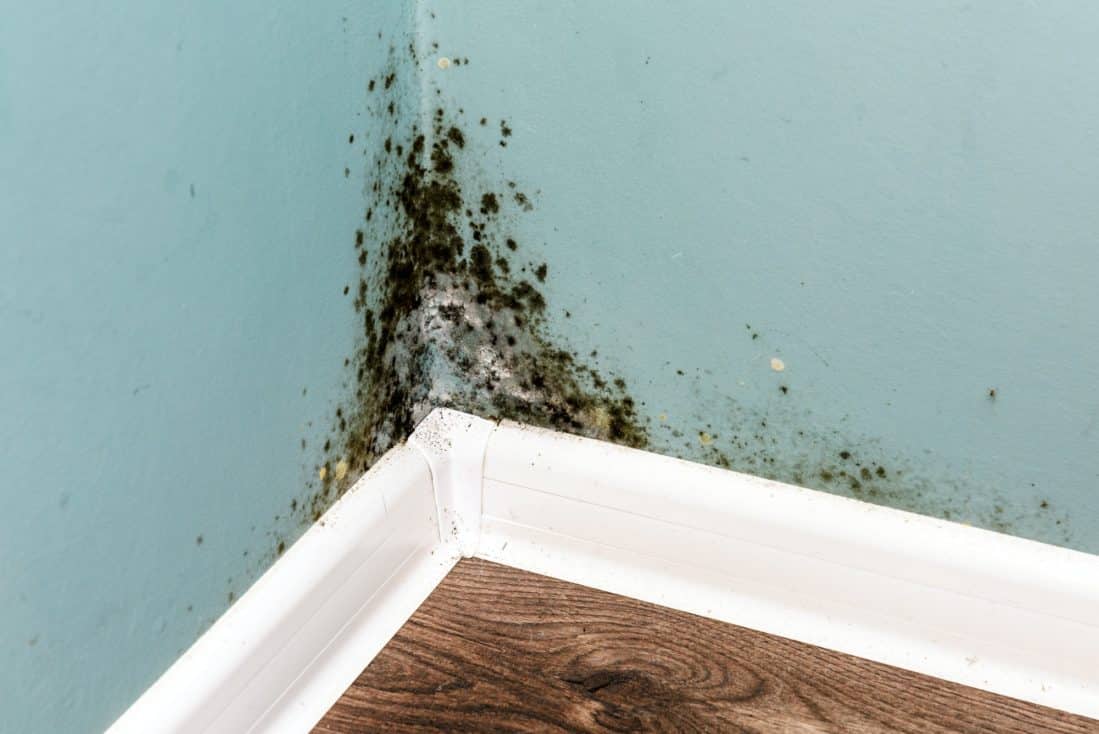
Mould is a type of fungi that thrives in moist, poorly ventilated areas. Mould growth in homes can cause damage to the structure and cause or aggravate respiratory conditions.
Some mould contamination is visible as discolouration on walls, floors, or ceilings. Often, it is hidden in wall cavities or under the flooring or subflooring. During a mould inspection, professional mould remediator will check whether there is a mould problem and determine its source.
They look at the building materials used and their ability to absorb moisture, as well as the structural integrity of those materials.
Mould growth isn’t limited to the exposed substrates of the building. These substrates often contain various material layers and types that allow mould to thrive within deeper structural components.
Removing some of these components might extend to replacing some of the surrounding materials as well.
The mould remediator must also address any source of moisture or ventilation problems that could cause additional growth in the future. Depending on the composition of all the materials involved, they might rely solely on removal or a combination of cleaning and removal. It all comes down to each component’s ability to support fungal growth. The compositions of materials include:
Mould cleaning is most effective on non-porous surfaces. In some cases, cleaning some semi-porous surfaces, such as concrete or treated wood, is possible.
A remediator can also clean building components made from semi-porous materials such as wood studs. This allows for a less extensive job of removing and replacing every part of the construction.
However, replacement is always necessary for porous surfaces such as carpets, drywall, and untreated wood with extensive contamination.
Removal is the primary method of mould remediation. Even when removal or replacement is only needed for a small area, it is always advisable to call the experts.
For one, the visible contamination is only part of the problem. Finding the cause of the mould growth is just as important, if not more so.
Also, cleaning mould as a DIY project could result in insufficient removal of the mould. The mould growth could return even worse than it was before.
Remediator companies sometimes overlook the need to evaluate the condition of a room’s contents. During contents remediation, the removalist looks at each item and determines the pros and cons of cleaning vs replacement.
The remediator will:
After these considerations, the removalist will provide the appropriate service for each content item in one of three ways:
Restoration – Items that are restored are those that the removalist can clean to Condition 1. This means that it has a normal fungi ecology with settled spores, fungal fragments, or traces of actual mould growth that are normal for an indoor environment.
Disposal – Several of the action steps listed above might lead to an item’s disposal. The remediator might determine that the cost of restoration might be more than the value of the item. Another reason for choosing to dispose of the item is that the customer simply chooses not to keep it. Once the decision is made about which items to dispose of, the removalist will properly dispose of these items.
Preservation – This service applies to irreplaceable items made of porous or semi-porous materials that can’t be returned to Condition 1. These items are Condition 3 that have active or dormant growth. Some examples where preservation is an option is for fine art, family photos, or important documents. While the removalist can remove the moisture and mould to some degree, the existing damage can’t be reversed.
Cost also plays a role in whether cleaning or replacement is the best option. Although some rooms or items can be restored to Condition 1, it might not be the most cost-effective choice.
It depends on their size and condition, the types of tools required, and the surfaces involved.
Restoration might sound like the cheapest option when it comes to building materials. However, it depends on the location and extent of the contamination.
Once the removalist evaluates the condition of the building materials that are out of sight and the potential cost of replacing them, they can determine which option is the most cost-effective.
Some items require special care when cleaning them. While things like electronics don’t typically support mould growth, it does happen.
Since they can’t be washed with liquid cleaners, they must be cleaned carefully one section at a time.
Specialty items like rare art or books are different. Their use of porous materials limits the removalist’s ability to preserve them. Books can require a page by page approach that is very time-intensive.
The professional remediator knows the damage that mould can do to your home, your belongings, and your health, and can advise on specific items if you should clean or remove mould from that item.
They have the tools and the skills to determine the safest and most effective method of dealing with mould.
If you suspect you have an issue with mould in your home or property, contact us right away.
We will perform an inspection and provide you with the best option for removing the mould from your home and its contents.
Contact PureProtect at 1800 664 662
PureProtect Pty Ltd © 2020. All rights reserved